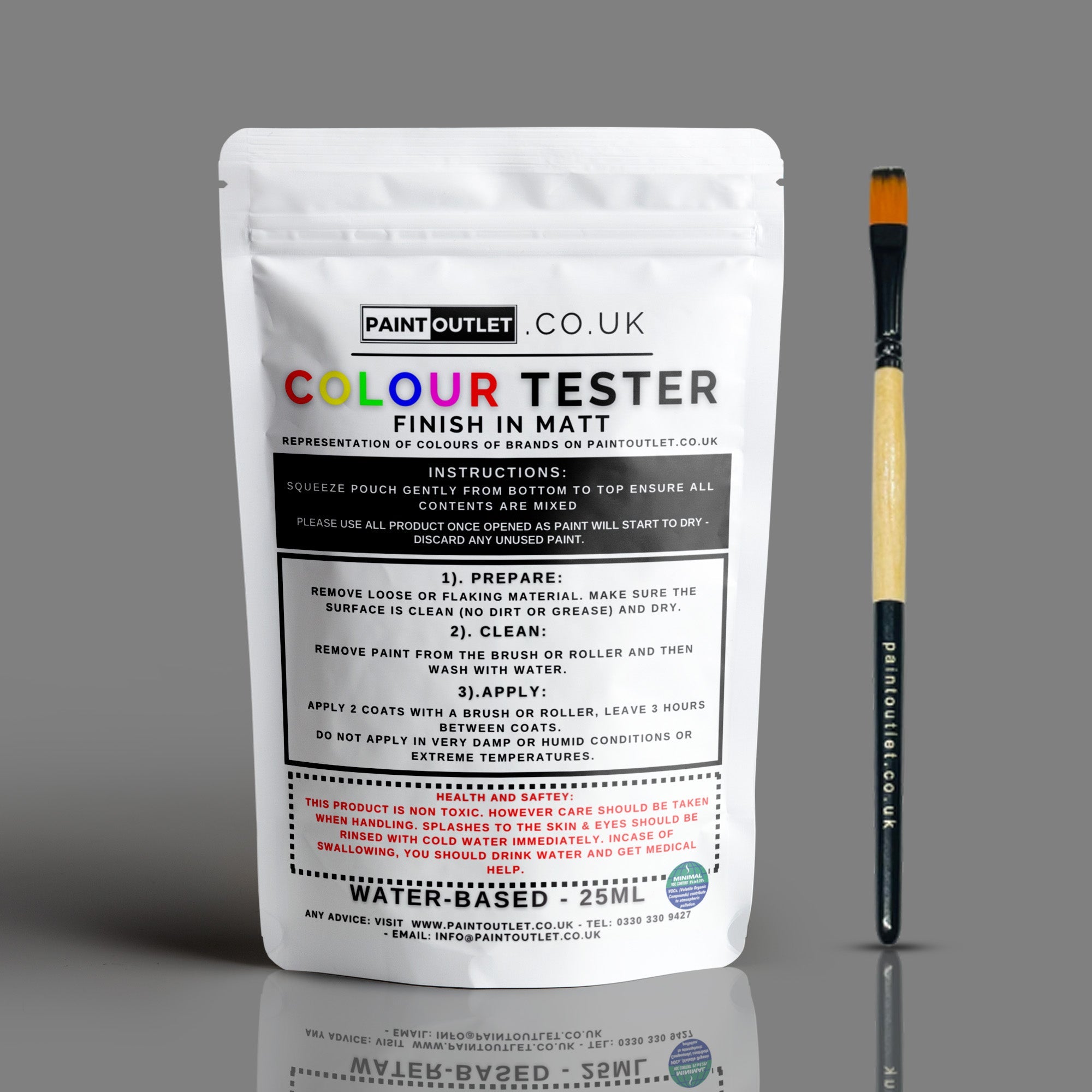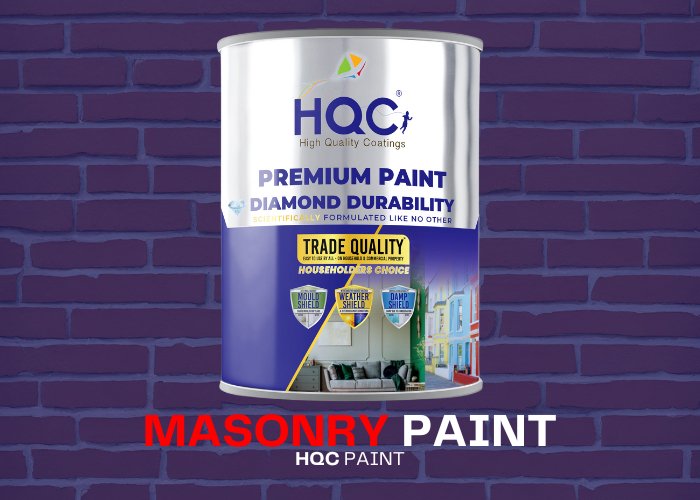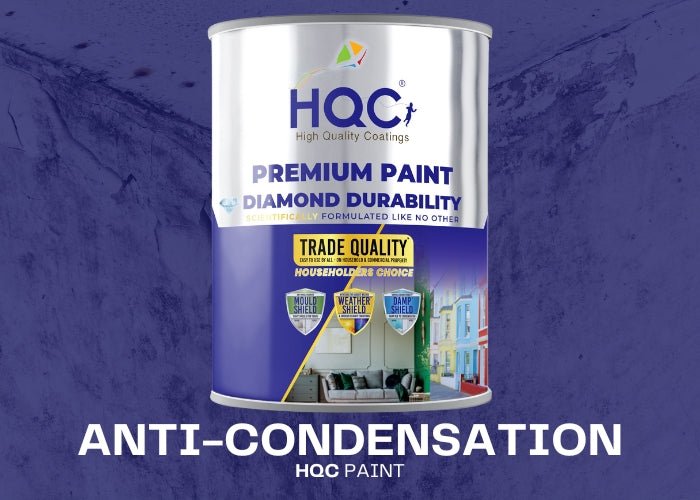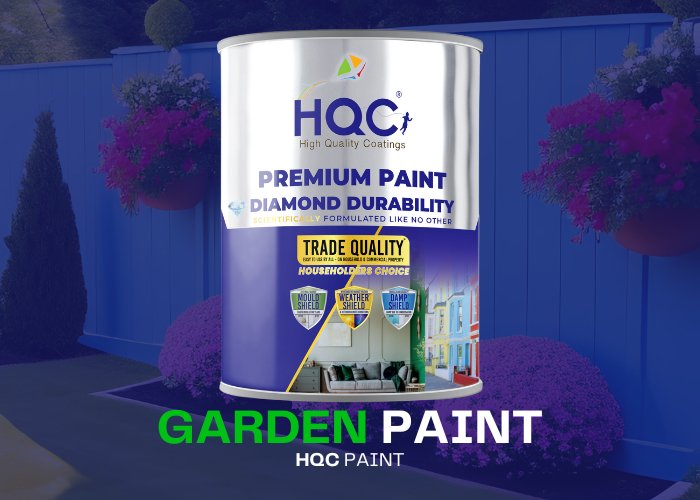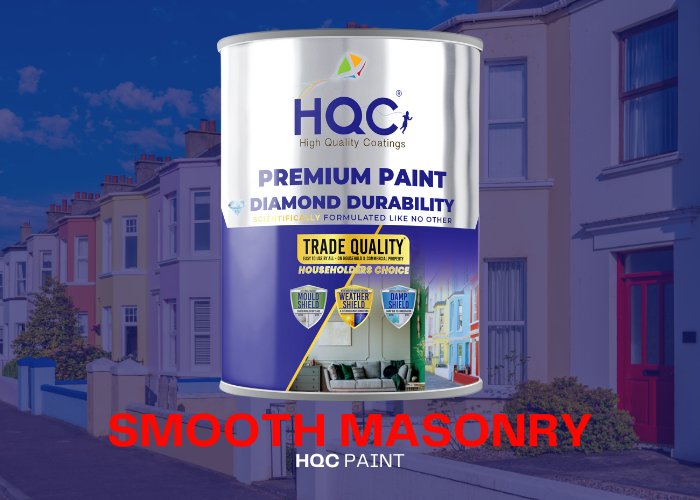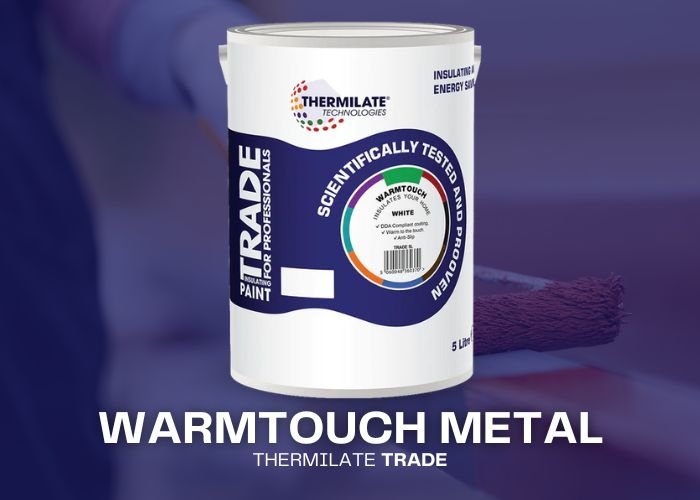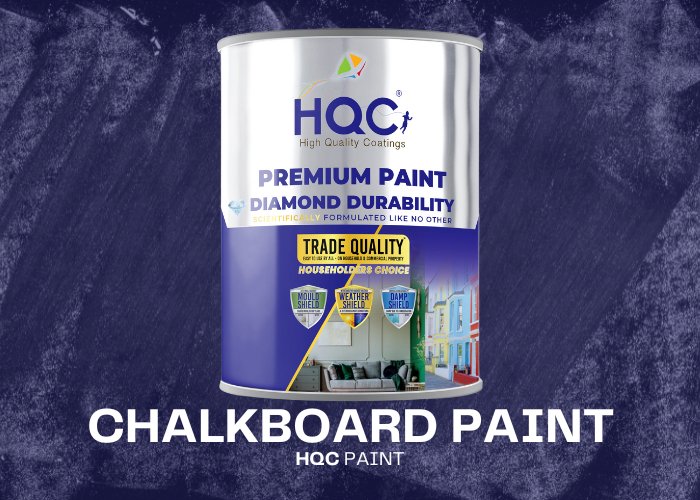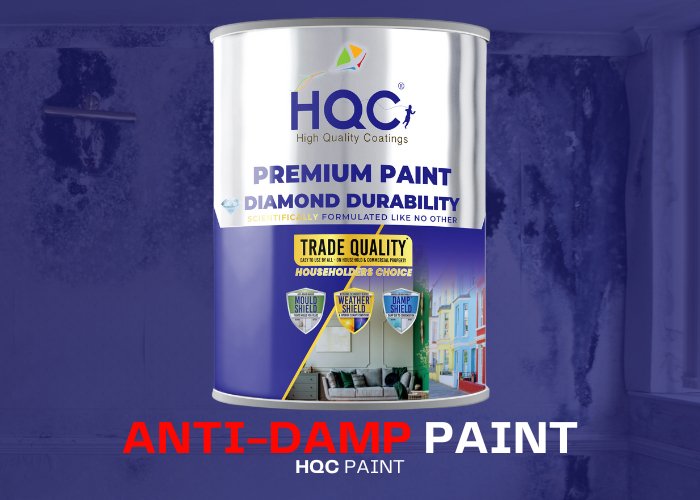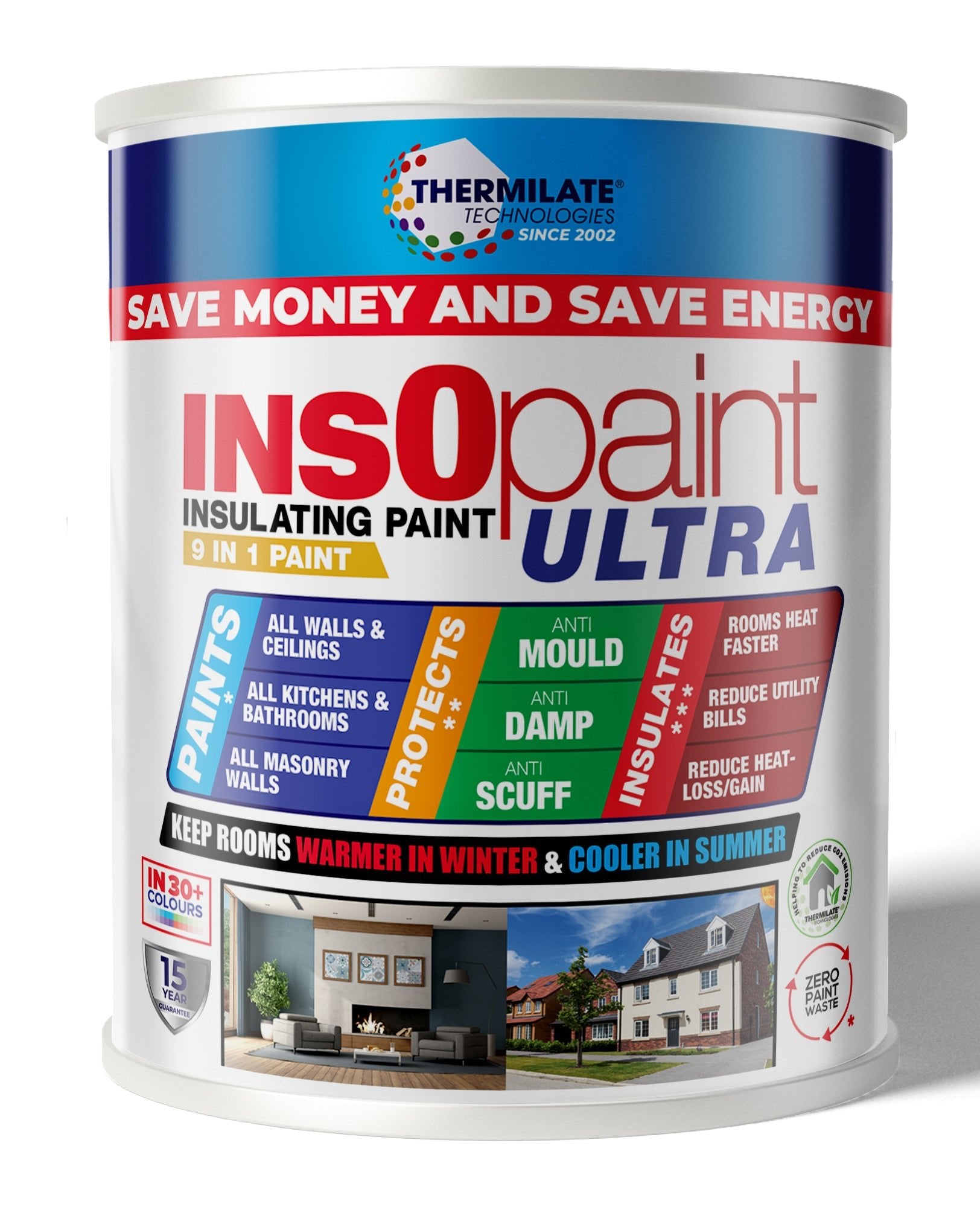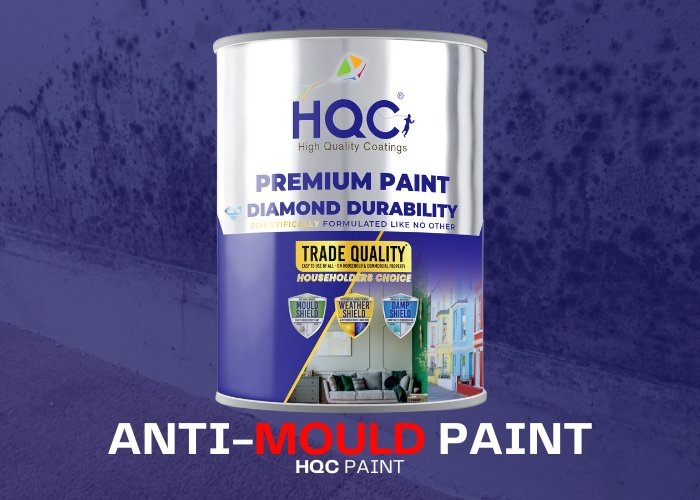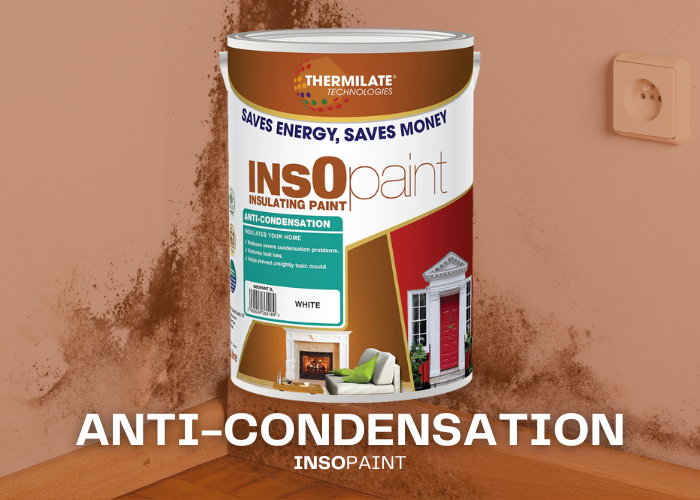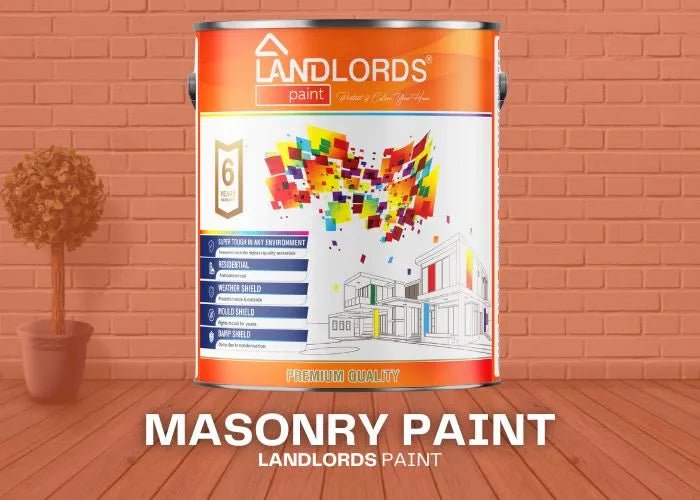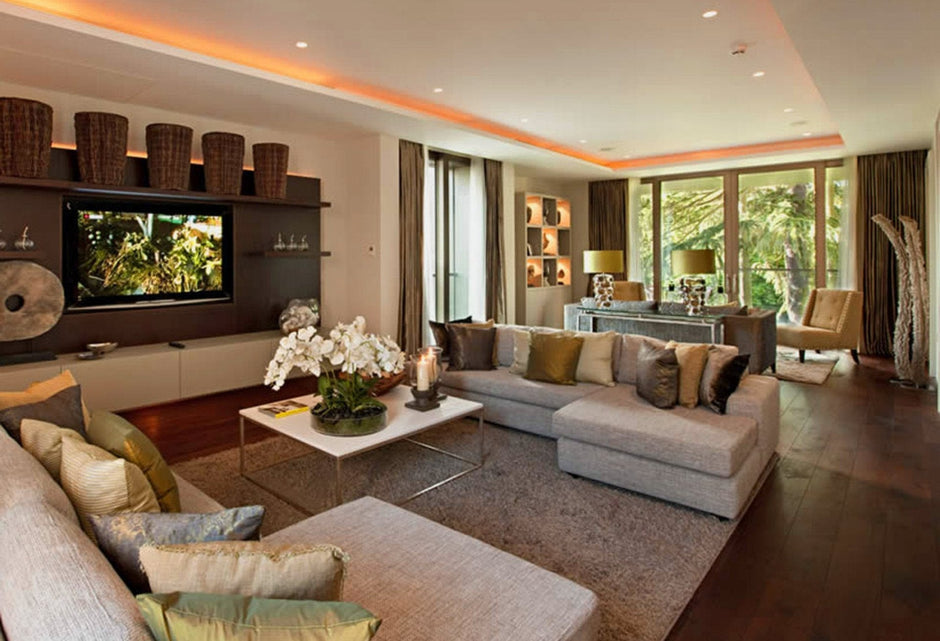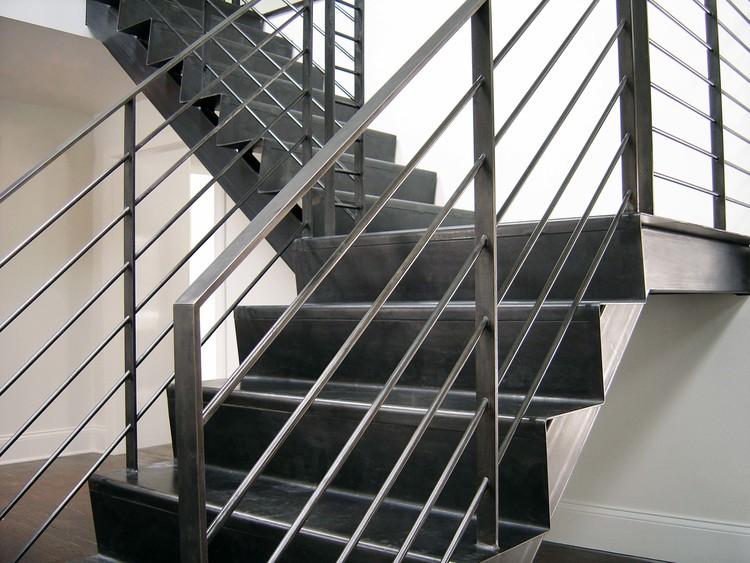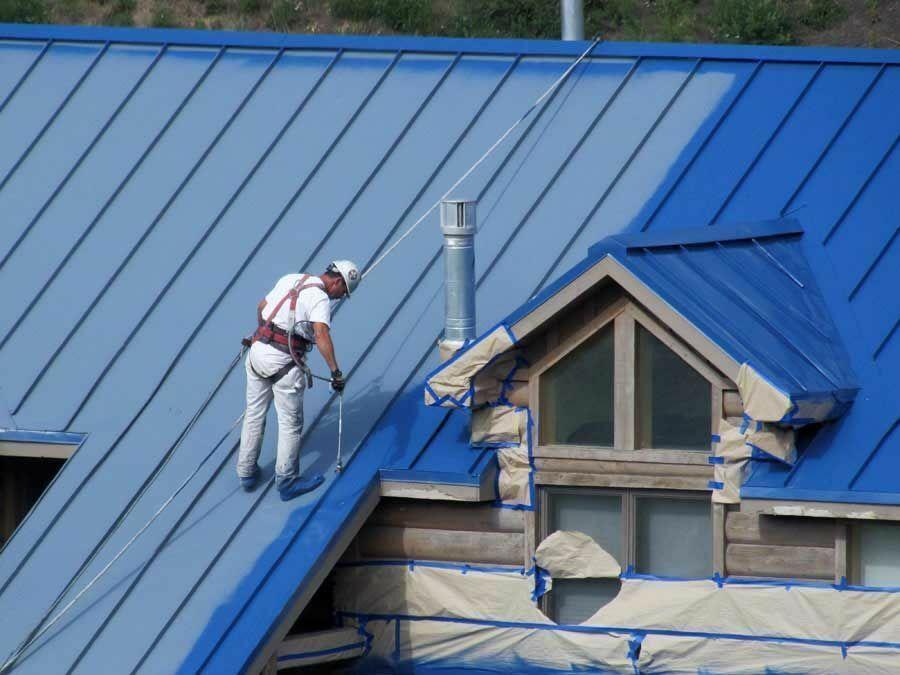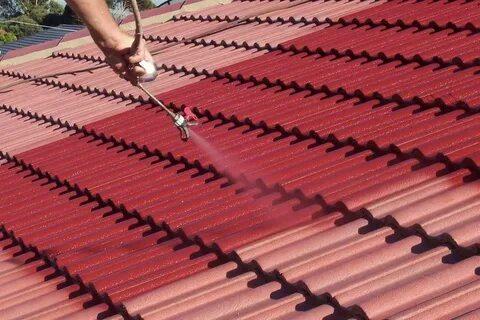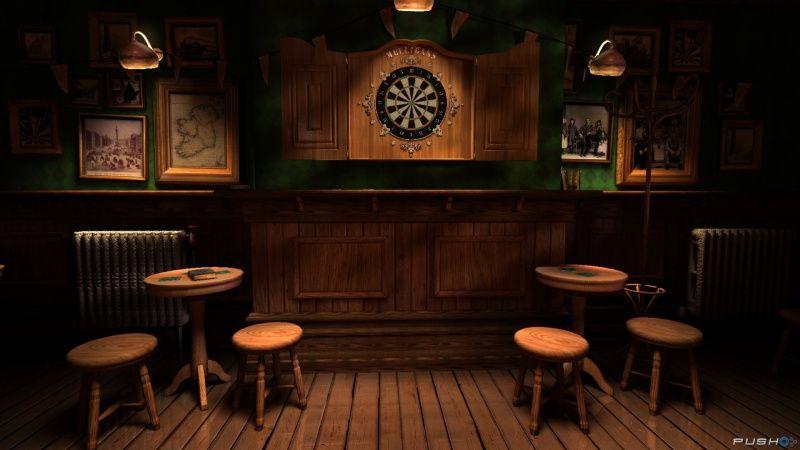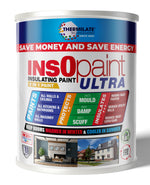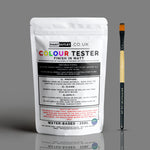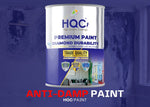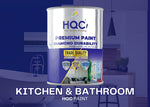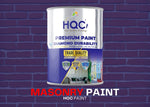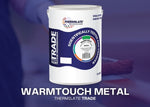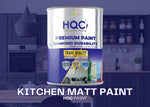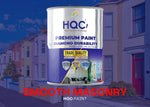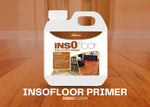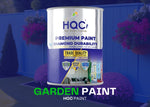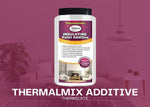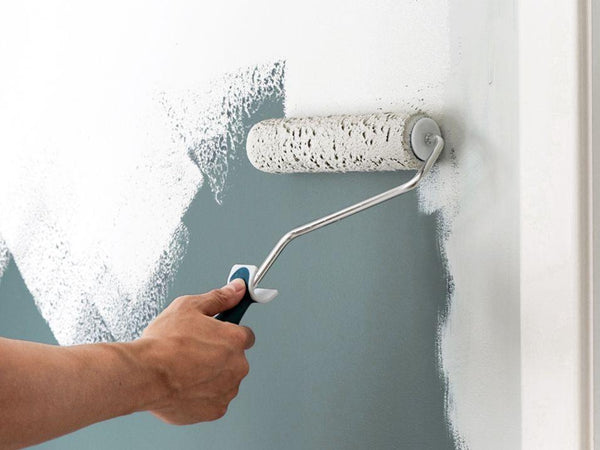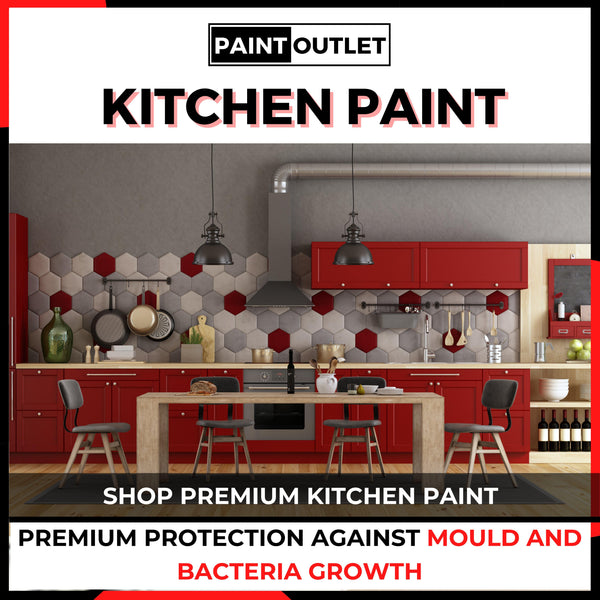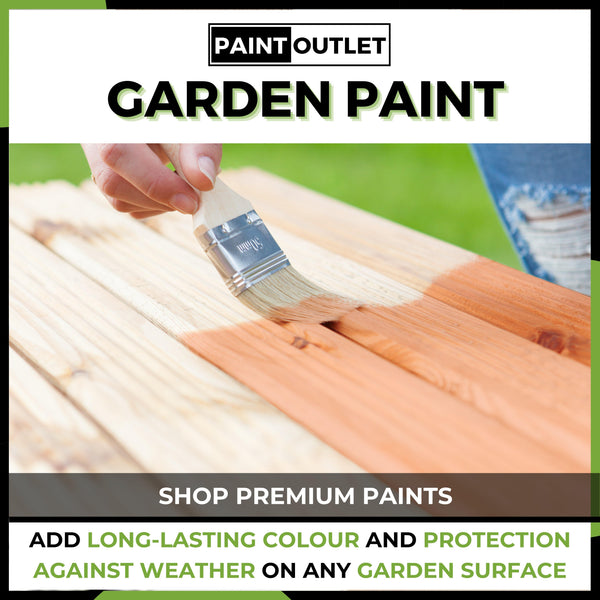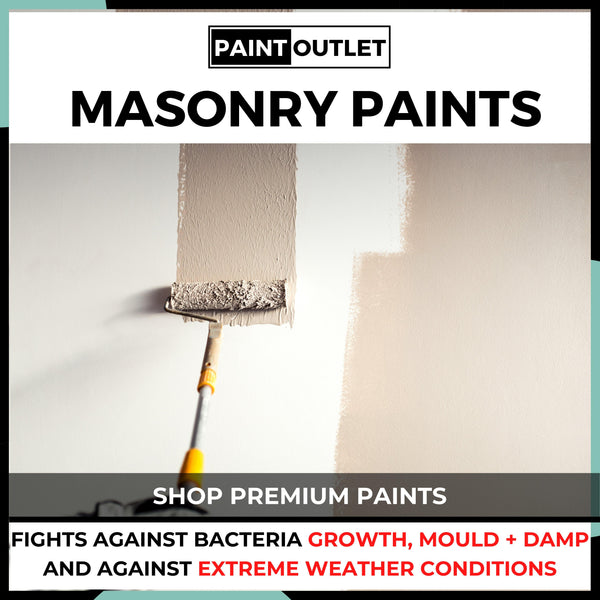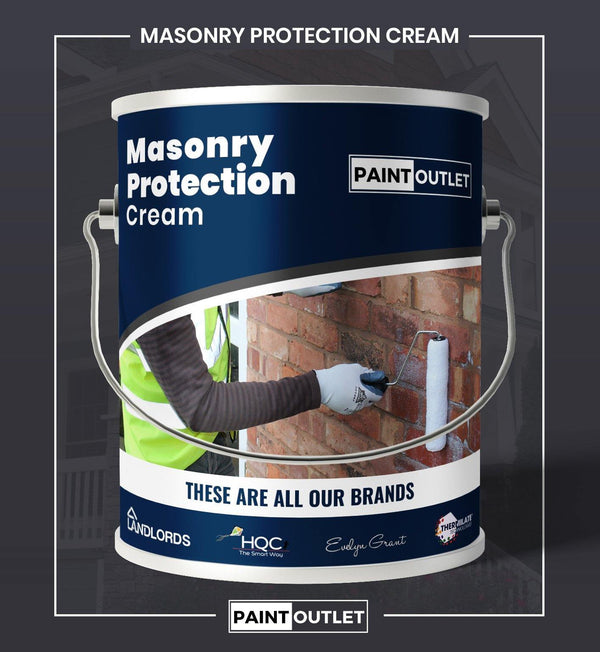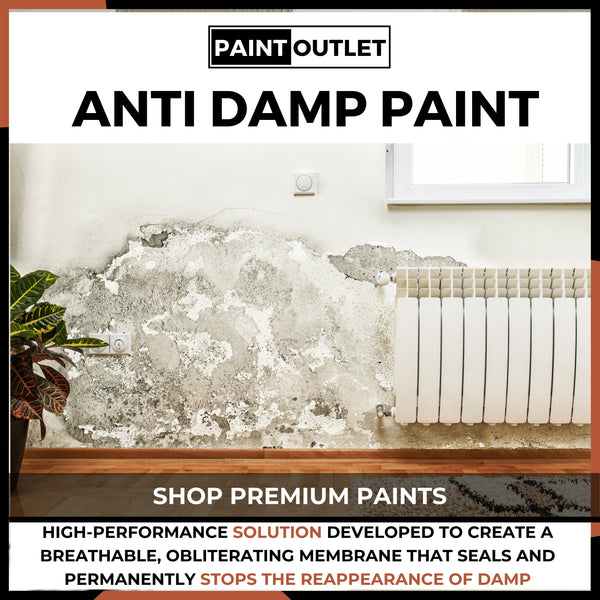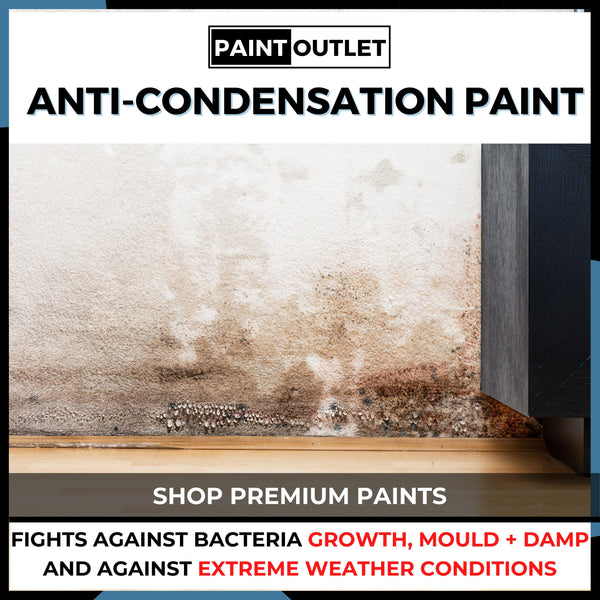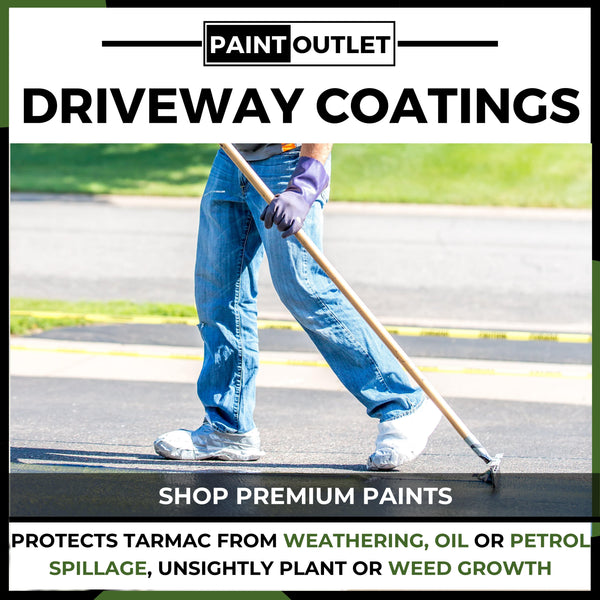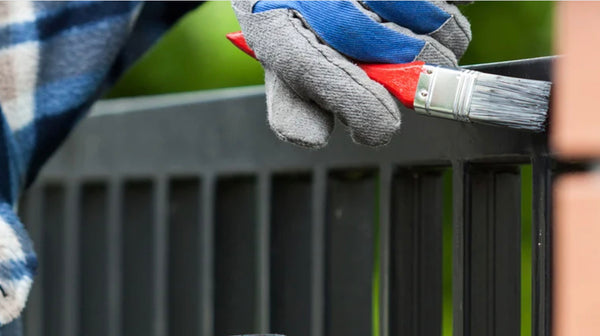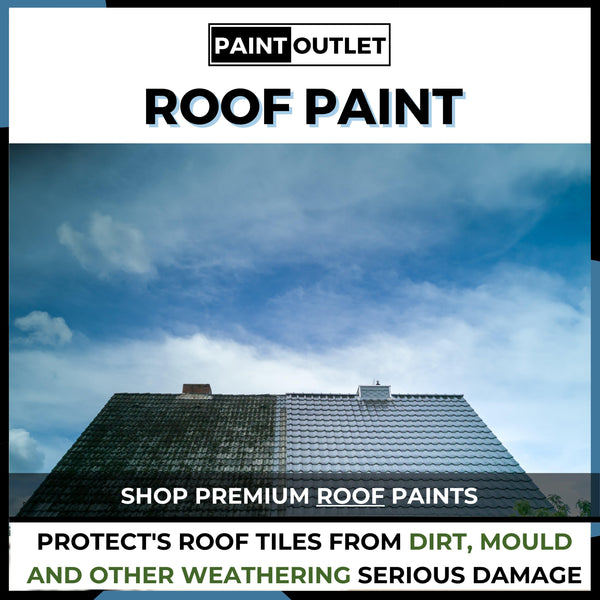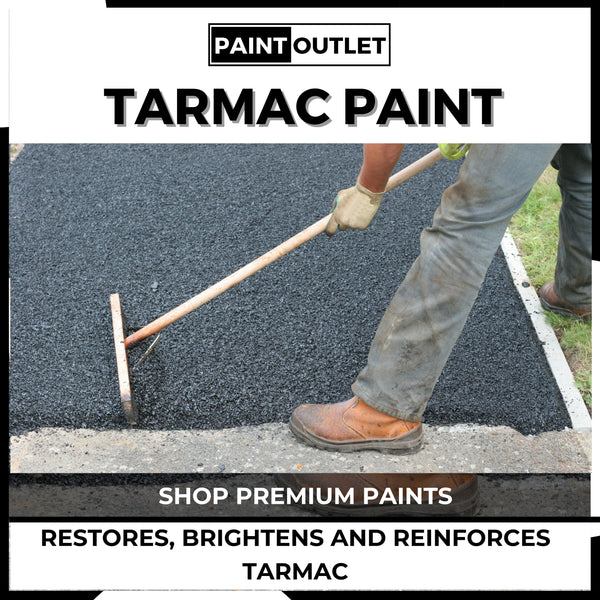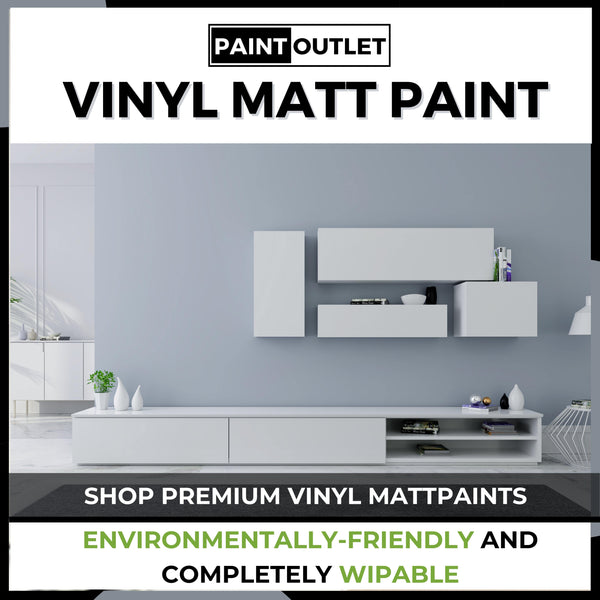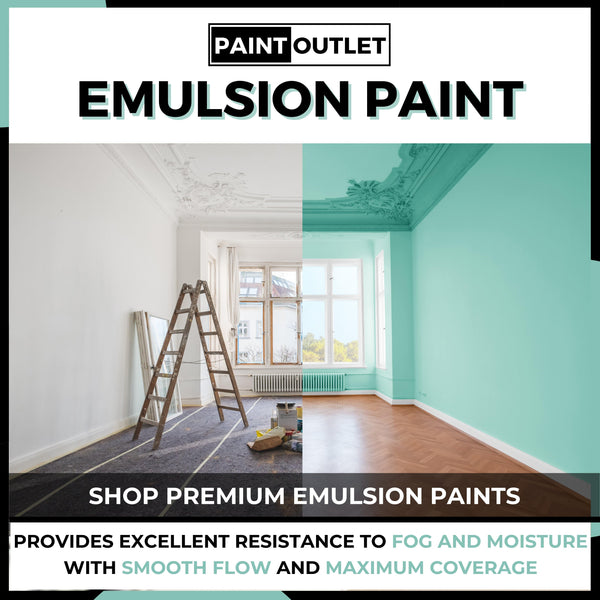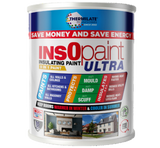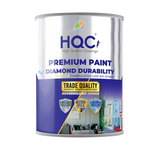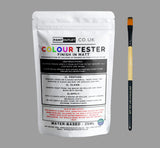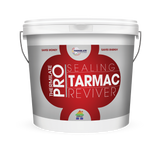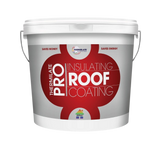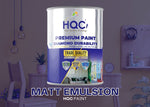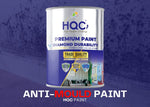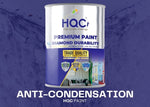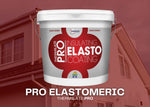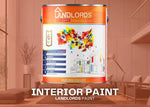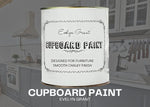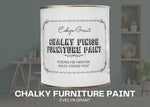Introduction
Painting the areas around your swimming pool is crucial for both aesthetics and safety. By using anti-slip and water-resistant paint, you can ensure that the poolside stays safe and protected from moisture damage. This guide will show you how to paint swimming pool areas for a durable, slip-resistant, and water-resistant finish.
Surface Preparation is the most important step when painting. If avoided, it can affect the whole outcome of your project. Surfaces must be prepared correctly for the paint to adhere and bond to the surfaces. Poor preparation will result in peeling and flaking. Good preparation will give you a very long-lasting paint performance.
Step 1: Gather Your Materials
Before starting your project, make sure you have the following materials:
- Pro Range Tarmac Paint: Provides a slip-resistant finish, ideal for poolside areas.
- HQC Tarmac Paint: Perfect for water-resistant protection, offering durability and slip-resistance.
- HQC Universal Primer: Ensures proper paint adhesion, especially for porous surfaces like concrete or stone.
- Sanding block or wire brush: For removing loose debris, dirt, or old paint.
- Brushes or rollers: Depending on your preference for application.
- Drop cloths or plastic sheets: To cover surrounding areas from paint splatters.
- Painter’s tape: To protect nearby pool edges or landscaping.
Step 2: Prepare the Surface
Preparation is key to ensuring a durable and slip-resistant finish on poolside areas:
- Clean the Poolside Area: Sweep the area to remove dust and debris. For stains or water damage, use a mild detergent or a pressure washer. Rinse the area with clean water and allow it to dry completely.
- Sand or Scrub Rough Areas: Use a wire brush or sanding block to remove any loose or flaking paint and smooth the surface. For concrete or stone, light sanding helps the paint adhere better.
- Prime the Surface: Apply HQC Universal Primer to seal and prepare the surface for painting. Priming is especially important for porous surfaces like stone or concrete.
Step 3: Mask the Area
Use painter’s tape and drop cloths to protect surrounding areas:
- Apply Painter’s Tape: Mask off any areas you don’t want to paint, such as the edges of the pool or nearby landscaping.
- Lay Down Drop Cloths: Protect the surrounding area from paint splashes by covering it with drop cloths or plastic sheets.
Step 4: Apply the Paint
Once the surface is prepped and masked, it’s time to start painting:
- Cut In with a Brush: Use a small brush to paint around the edges of the pool and any detailed areas where the poolside meets the deck.
- Apply the First Coat: Use Pro Range Tarmac Paint or HQC Tarmac Paint for the first coat. Both paints provide slip-resistance and long-lasting protection against moisture.
- Let the Paint Dry: Allow the first coat to dry completely, typically 4-6 hours, depending on weather conditions.
- Apply a Second Coat (If Necessary): For better durability and coverage, apply a second coat after the first has dried.
Step 5: Finishing Touches
Once the paint has dried, complete the project with the following steps:
- Remove Painter’s Tape: Carefully remove the painter’s tape while the paint is still slightly tacky to avoid peeling.
- Inspect for Touch-Ups: Check for any missed spots or imperfections and apply touch-up paint as necessary.
Tips for a Durable and Slip-Resistant Finish
- Use Slip-Resistant Paint: For poolside areas, use Pro Range Tarmac Paint or HQC Tarmac Paint for long-lasting protection and a safe, slip-resistant surface.
- Prime for Best Results: Applying HQC Universal Primer ensures better paint adhesion and protects porous surfaces from moisture damage.
- Apply Two Coats: Two coats of paint are recommended for maximum protection and coverage, especially for pool areas exposed to water and weather conditions.
Recommended Products
For painting your poolside areas, we recommend the following products from PaintOutlet.co.uk:
- Pro Range Tarmac Paint: Ideal for pool areas, offering slip-resistance and long-lasting protection against moisture.
- HQC Tarmac Paint: Perfect for water-resistant protection, providing durability and slip-resistance.
- HQC Universal Primer: Ensures better adhesion and durability on porous surfaces like stone or concrete.
FAQ Section
Q: Can I use regular paint on my poolside area?
A: No, it’s best to use durable, slip-resistant paints like Pro Range Tarmac Paint or HQC Tarmac Paint, which are designed to withstand water and provide safety around the pool.
Q: Do I need to prime my poolside area before painting?
A: Yes, using HQC Universal Primer ensures better paint adhesion and long-lasting protection, especially for porous stone or concrete surfaces.
Q: How many coats of paint should I apply to my poolside area?
A: Two coats of paint are recommended for the best coverage and durability, especially for surfaces exposed to water and heavy foot traffic.
Conclusion
Painting your poolside area not only enhances its appearance but also provides crucial protection against water damage and ensures safety with slip-resistant coatings. By following this guide and using high-quality products from PaintOutlet.co.uk, you can achieve a durable, slip-resistant finish that will keep your pool area looking great for years to come.
At PaintOutlet, we offer eco-friendly, high-performance paints that provide long-lasting durability. Our products are designed to protect your surfaces, helping you save time and money with less frequent repainting.


















